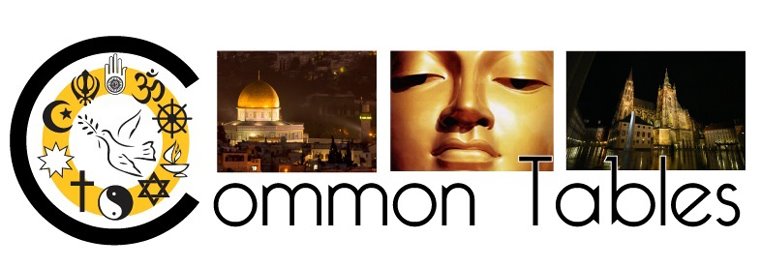THE NEW YORK TIMES
By Samuel G. Freedman
By Samuel G. Freedman
Published: September 5, 2008
BALTIMORE
One weekday morning in 1981, when he was new to Baltimore, Arnold Graf descended into the basement of the Enon Baptist Church. The steps took him into the midst of 60 skeptics. They were the black ministers whom Mr. Graf, a white Jew, was trying to persuade to join him in community organizing.
Even among a loquacious crowd of preachers, conversation stilled at Mr. Graf’s arrival. “I don’t know if we should be talking about this stuff with an outsider here,” one minister said, as Mr. Graf recently recalled the meeting.
Then the Rev. Vernon N. Dobson, one of Baltimore’s legendary civil rights leaders, replied. Alone among the dozens of ministers, he was already a member of Mr. Graf’s group, Baltimoreans United in Leadership Development. Alone among them, Mr. Dobson had already gotten to know Mr. Graf during the organizer’s brief months in the city.
“He’s with me,” Mr. Dobson said. “And who’s blacker than me here? The man is my brother.”
Nearly 30 years later, Mr. Dobson’s judgment on Mr. Graf has been ratified and redeemed. Mr. Graf, 64, has built a striking track record of crossing the borders of race and religion to organize among black Christians. His current effort has brought together millions of dollars from black churches and Jewish philanthropies to build or repair up to 1,200 homes in the ruins of East Baltimore.
In his work — both for Build, as the Baltimore group is known, and for its parent organization, the Industrial Areas Foundation — Mr. Graf has breathed new life into the black-Jewish alliance that flourished in the first decade of the civil rights movement before bitterly rupturing over black nationalism and affirmative action.
Read the entire story.
BALTIMORE
One weekday morning in 1981, when he was new to Baltimore, Arnold Graf descended into the basement of the Enon Baptist Church. The steps took him into the midst of 60 skeptics. They were the black ministers whom Mr. Graf, a white Jew, was trying to persuade to join him in community organizing.
Even among a loquacious crowd of preachers, conversation stilled at Mr. Graf’s arrival. “I don’t know if we should be talking about this stuff with an outsider here,” one minister said, as Mr. Graf recently recalled the meeting.
Then the Rev. Vernon N. Dobson, one of Baltimore’s legendary civil rights leaders, replied. Alone among the dozens of ministers, he was already a member of Mr. Graf’s group, Baltimoreans United in Leadership Development. Alone among them, Mr. Dobson had already gotten to know Mr. Graf during the organizer’s brief months in the city.
“He’s with me,” Mr. Dobson said. “And who’s blacker than me here? The man is my brother.”
Nearly 30 years later, Mr. Dobson’s judgment on Mr. Graf has been ratified and redeemed. Mr. Graf, 64, has built a striking track record of crossing the borders of race and religion to organize among black Christians. His current effort has brought together millions of dollars from black churches and Jewish philanthropies to build or repair up to 1,200 homes in the ruins of East Baltimore.
In his work — both for Build, as the Baltimore group is known, and for its parent organization, the Industrial Areas Foundation — Mr. Graf has breathed new life into the black-Jewish alliance that flourished in the first decade of the civil rights movement before bitterly rupturing over black nationalism and affirmative action.
Read the entire story.


No comments:
Post a Comment